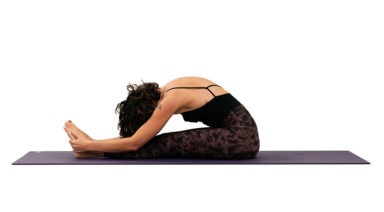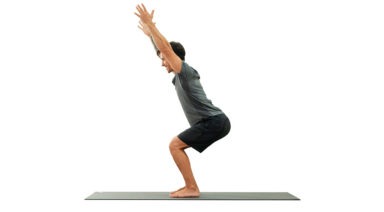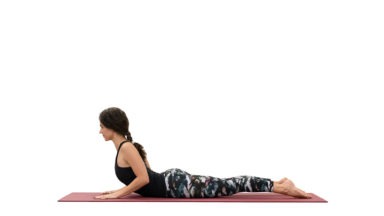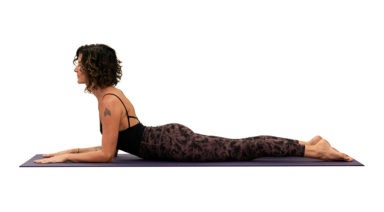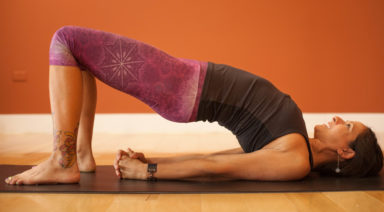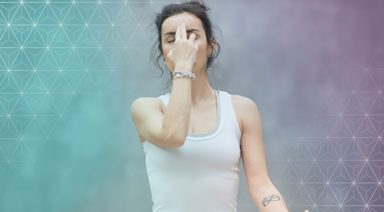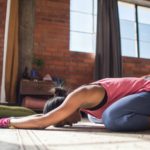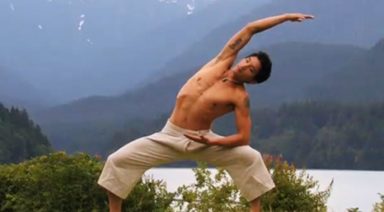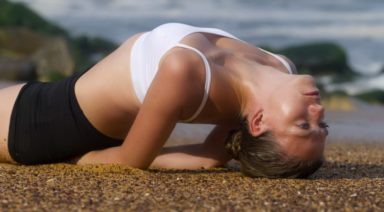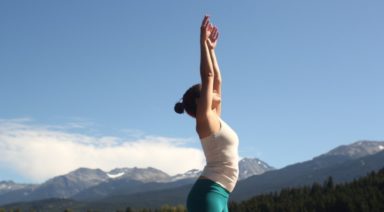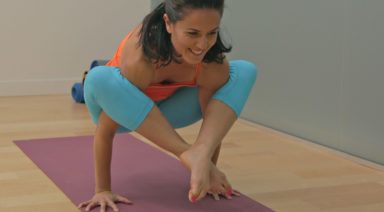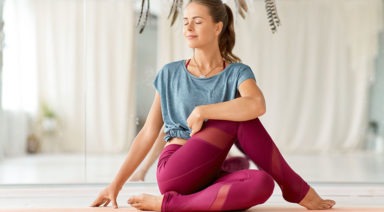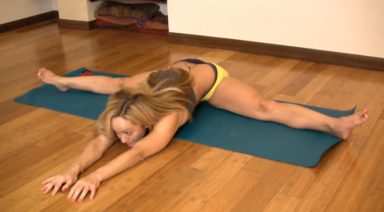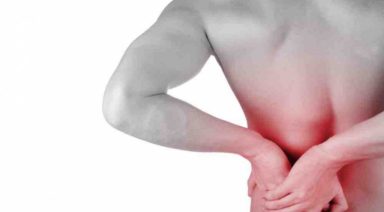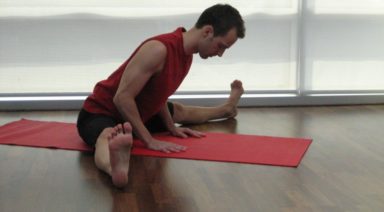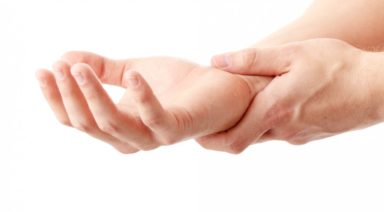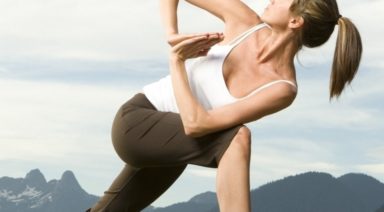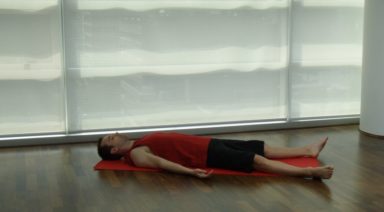Upavistha Konasana: Wide-Seated Angle Pose

ADJUSTMENTS | BENEFITS | SEQUENCING | SANSKRIT | STEPS
Upavistha konasana (oo-pah-VEESH-tah cone-AHS-ah-nah) is a soothing – or intense – pose depending on the style and intention of the practice. This seated pose stretches the hamstrings and groins, while strengthening the supporting muscles of your spine. This pose is said to help improve your posture and promote ease and comfort in your body.
Wide-seated angle pose offers very different experiences depending on the intention and style of yoga. Yin and restorative styles will offer a relaxed variation, often with the use of props to support minimal effort. In a more active practice like vinyasa, the pose may be used to actively stretch and build heat.
ADJUSTMENTS/MODIFICATIONS:
- Place a rolled blanket under your knees for extra support.
- Place a folded blanket under your seat to help encourage your pelvis to tip forward and prevent rounding in your spine.
- Sit against a wall to support your spine.
STEP-BY-STEP:
- Begin sitting in staff pose (dandasana). Slide your heels out as wide as you can without strain.
- Lift your hips up, send your tailbone back, then place your hips back down.
- Rotate your inner thighs up toward the ceiling so your kneecaps face straight up. Extend through your heels.
- Press your thigh bones into the ground and walk your hands forward. As you move forward, keep your torso long and your spine neutral. Bring your hands as far forward as you can while maintaining the length between your pubic bone and your navel.
- Hold the pose for up to 60 seconds. Gently lift your torso, then use your hands to bring your knees together to release.
PREPARATORY POSES:
- Cobblers pose | Baddha konasana
- Wide-legged forward fold | Prasarita padottanasana
- Reclined hand to foot | Supta padangusthasana
SEQUENTIAL POSES:
- Tortoise pose | Kurmasana
- Garland pose | Malasana
COUNTER POSES:
- Cow face pose | Gomukhasana
- Easy pose | Sukhasana
- Seated forward fold | Paschimottanasana
SANSKRIT:
- Upavistha = seated
- Kona = angle
- Asana = pose
PHYSICAL BENEFITS:
- Stretches the groin, adductor muscles, and hamstrings.
- Strengthens the muscles along the spine.
- Thought to improve posture.
Legal Disclaimer Before participating in any exercise program or using any fitness products or services that may be described and/or made accessible in or through the Gaia Website and/or the Services, you should consult with a physician or other healthcare provider. Read more about Gaia’s Terms Of Use.
Paschimottanasana: Seated Forward Bend Pose
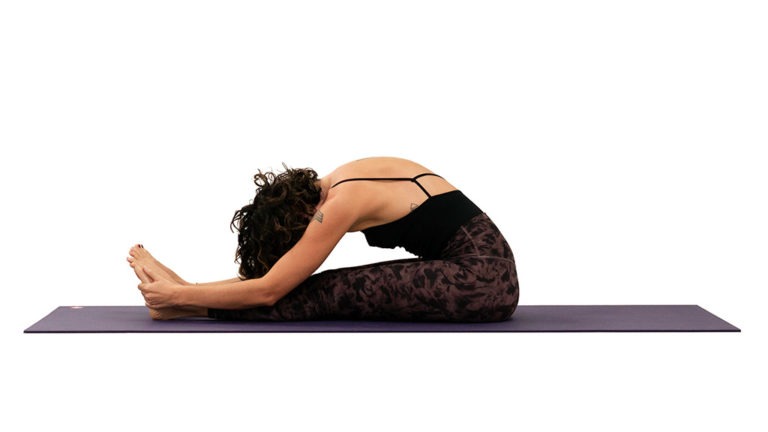
ADJUSTMENTS | BENEFITS | SEQUENCING | SANSKRIT | STEPS
Paschimottanasana (POSH-ee-moh-tan-AHS-ah-nah) invites space to the hamstrings and lower back as well as the mind. While there’s no need to touch your toes in this pose, practicing regularly can help lengthen the muscles in the legs and back to encourage flexibility and ease.
Philosophy + Origin
Paschimottanasana is one of the earliest-known yoga postures, dating back to the Yoga Pradipika. This pose is commonly known as seated forward bend or seated forward fold, but is also referred to as the stretch of the West, referring to the back side of the body.



